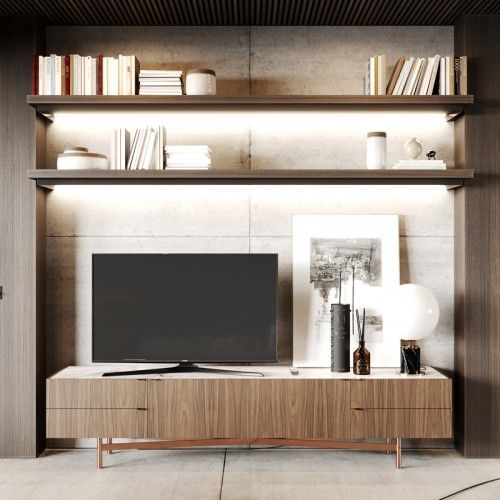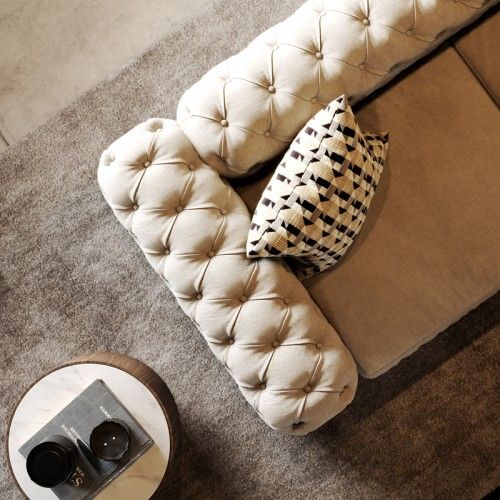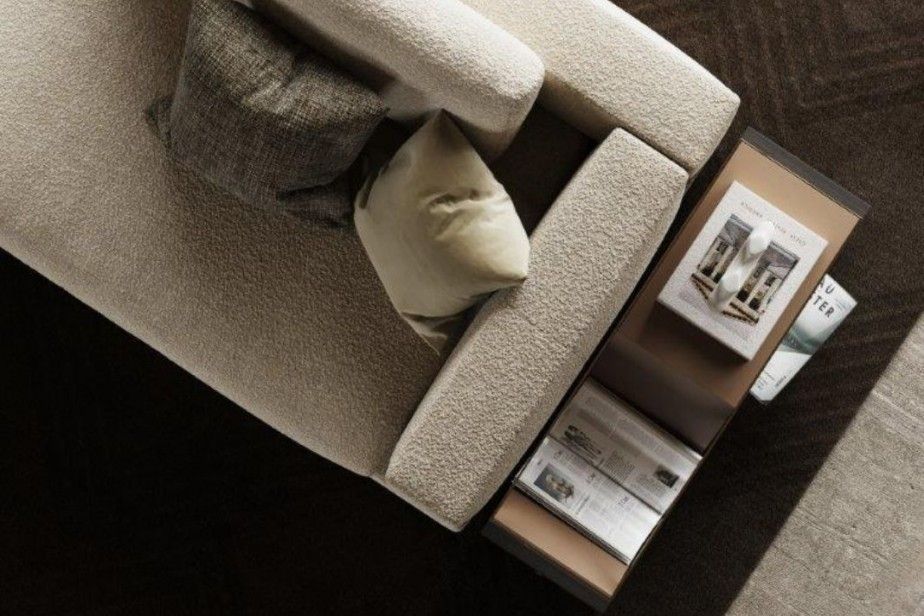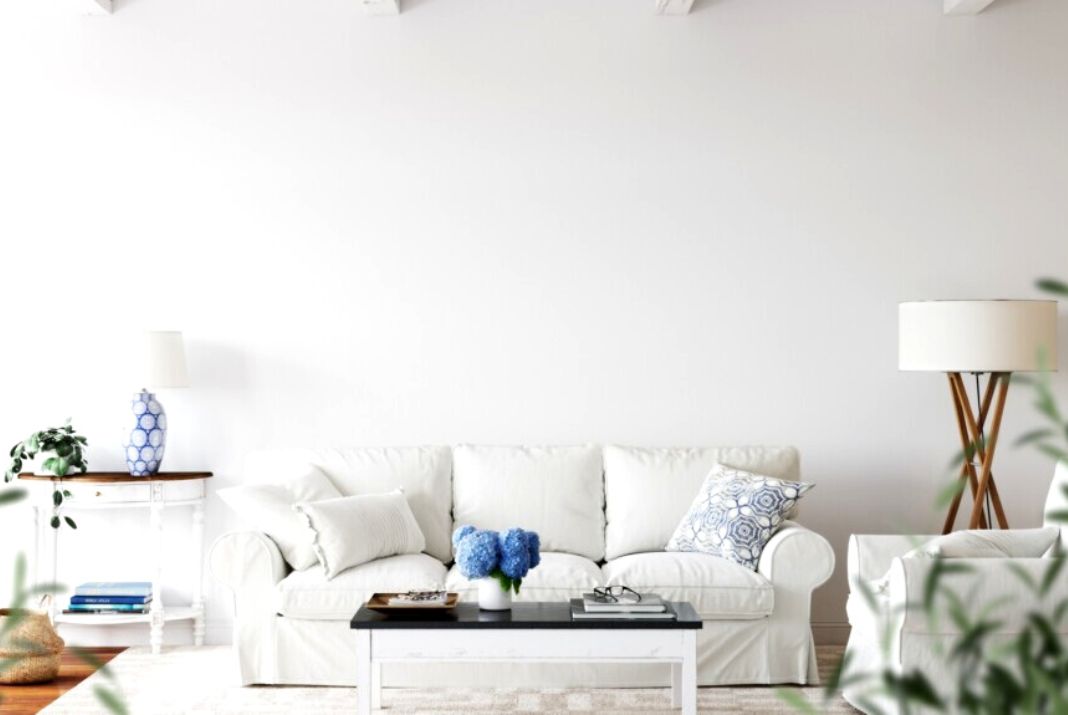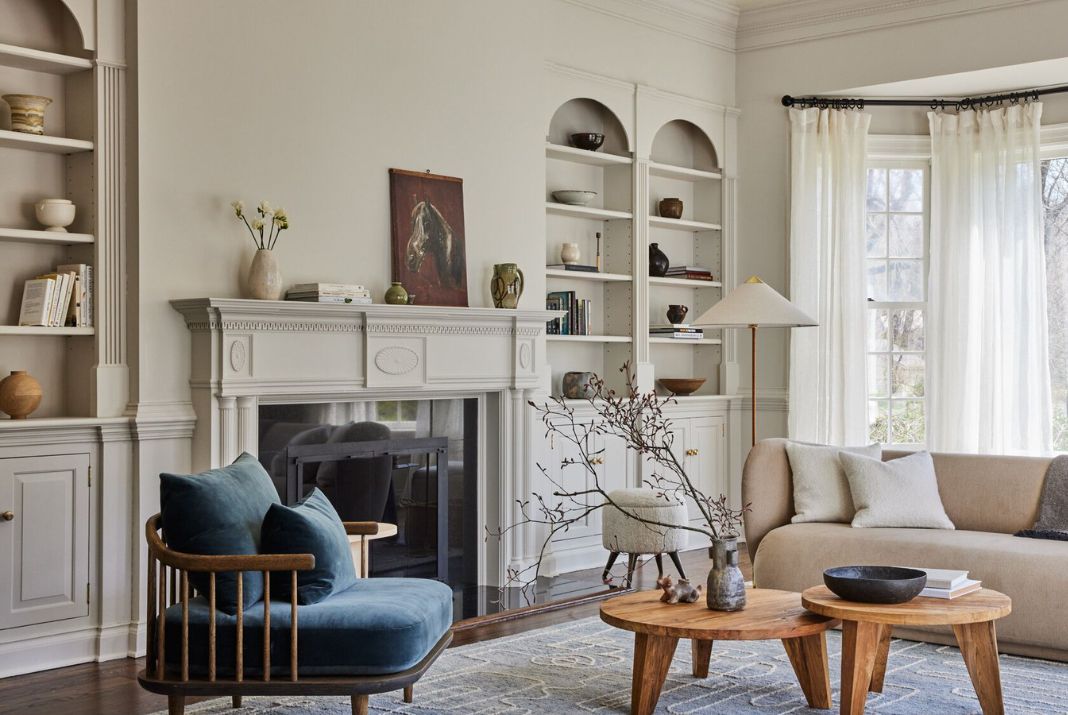According to many interior design pros, consumer tastes are changing once more. We're all aware that the pandemic has changed how we see things and what we desire for our homes. Homeowners were forced to rethink their home decor, prioritising utility, technology and simplicity.
Many professionals believe that the fundamental reason for the transformation during the epidemic was the confinement and freedom of time that consumers gained. In this article, we looked for which design styles customers asked for the most from professionals, to try to understand what are some of the trends that may be emerging.
COASTAL INTERIOR DESIGN STYLE
What is Coastal Interior Design?
Natural components from attractive beaches and coastlines, such as natural woods, cotton, bamboo, and linen fabrics, are frequently included in coastal interior design. The coastal aesthetic also prefers a lighter colour palette, with blue and white tones mimicking the crashing waves of the sea.
“In the South, in particular Myrtle Beach, many clients like a coastal look,” says Laurie Dragunoff, interior designer at Decorative Interiors in South Carolina. “Brightly painted furniture is more in style and requested here and gives a laid-back beach vibe.”
TRADITIONAL INTERIOR DESIGN STYLE
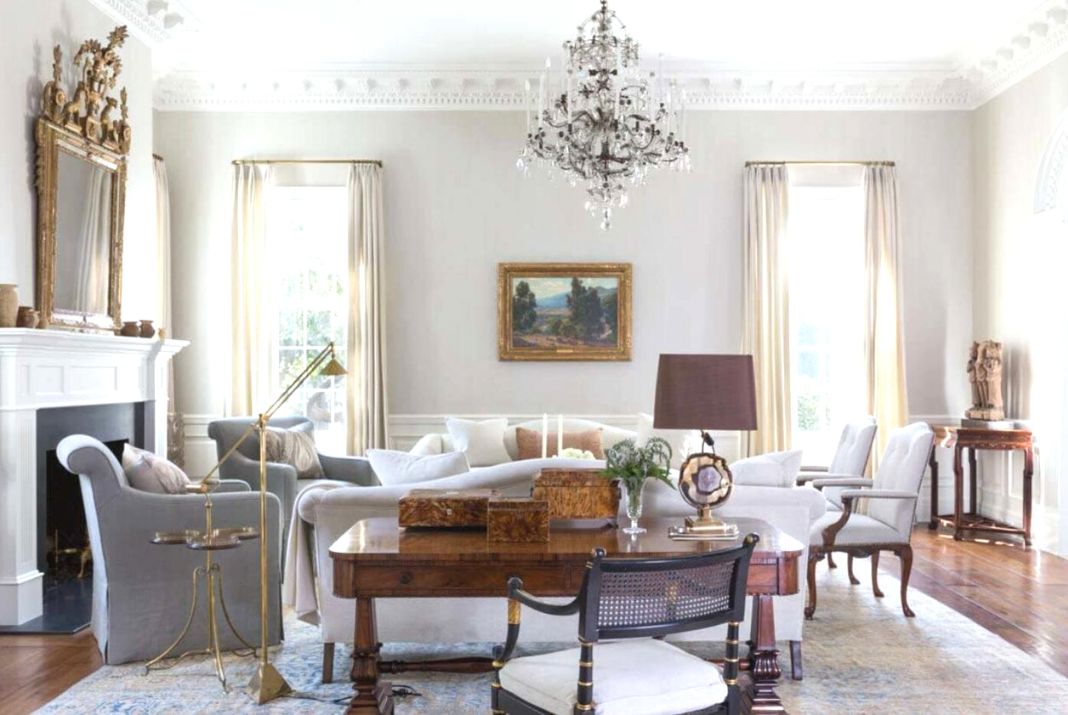
What is Traditional Interior Design?
The traditional style is influenced by the 18th and 19th centuries. It's a timeless style that draws inspiration from the 18th and 19th centuries, including classic art, antiques, and historical objects.
According to several interior designers, their traditional-inclined clients are interested in combining old and antique furnishings in novel and creative ways.
What is Transitional Interior Design?
What is Contemporary Interior Design?
Contemporary design refers to the most popular and fashionable designs. Clean, curving lines, natural materials, strong contrasts, cold colours, and attention to quality are all trademarks of this design style. This aesthetic point of view is centred on an attitude of intention.
Travis Wyatt, president and principal designer at Unique Outdoor Designs in Yorba Linda, California, says contemporary landscape design, in particular, is highly requested by his customers because they want gardens and yards that will be extensions of their contemporary interiors and exteriors.
SCANDINAVIAN INTERIOR DESIGN STYLE
What is Scandinavian Interior Design?
Scandinavian interior design is a minimalistic style that employs a variety of textures and soft colours to make clean, modern décor feel warm and inviting. It emphasizes clean lines, functionality, and functional, stylish, and pleasant furnishings.
“Many of my clients request a calming space with natural fibres like wool and linen to avoid harsh chemicals and off-gassing,” says Brigid Wethington, principal interior designer of B. Chic Interiors in Columbia, Maryland. Many homeowners’ priorities are changing, and they’re leaving some aesthetics behind.
